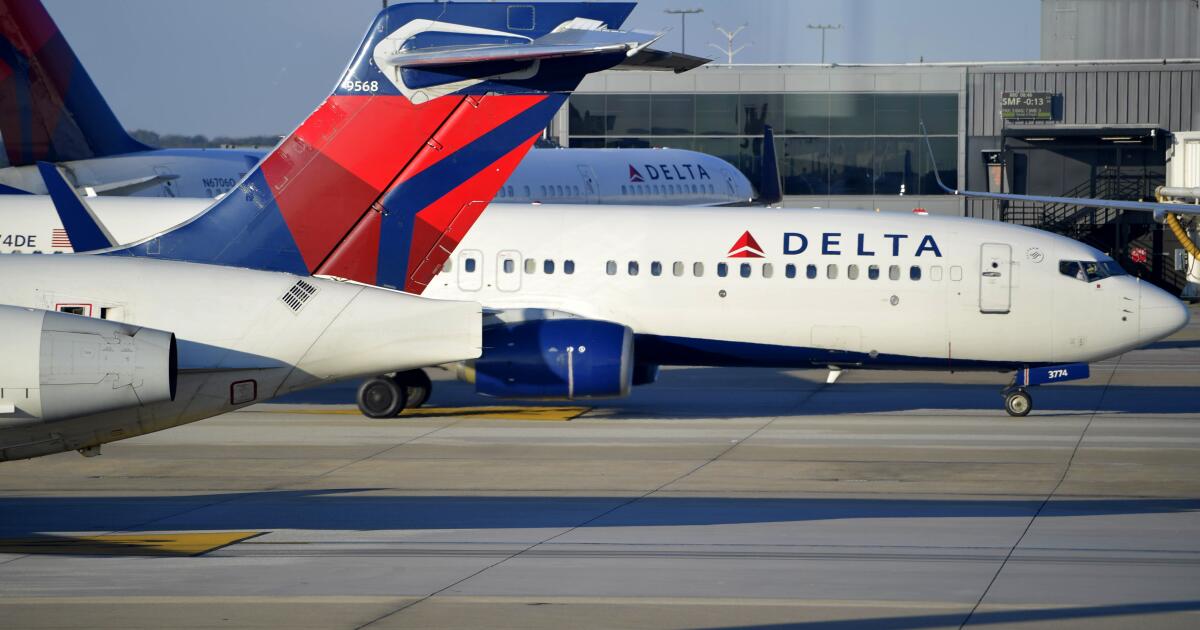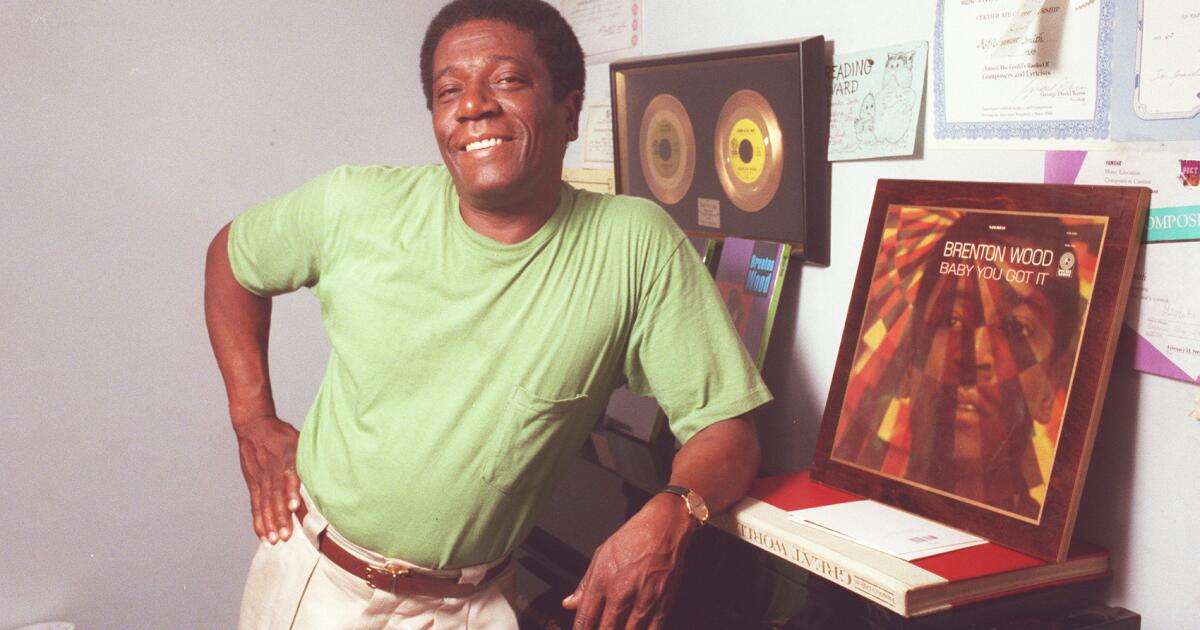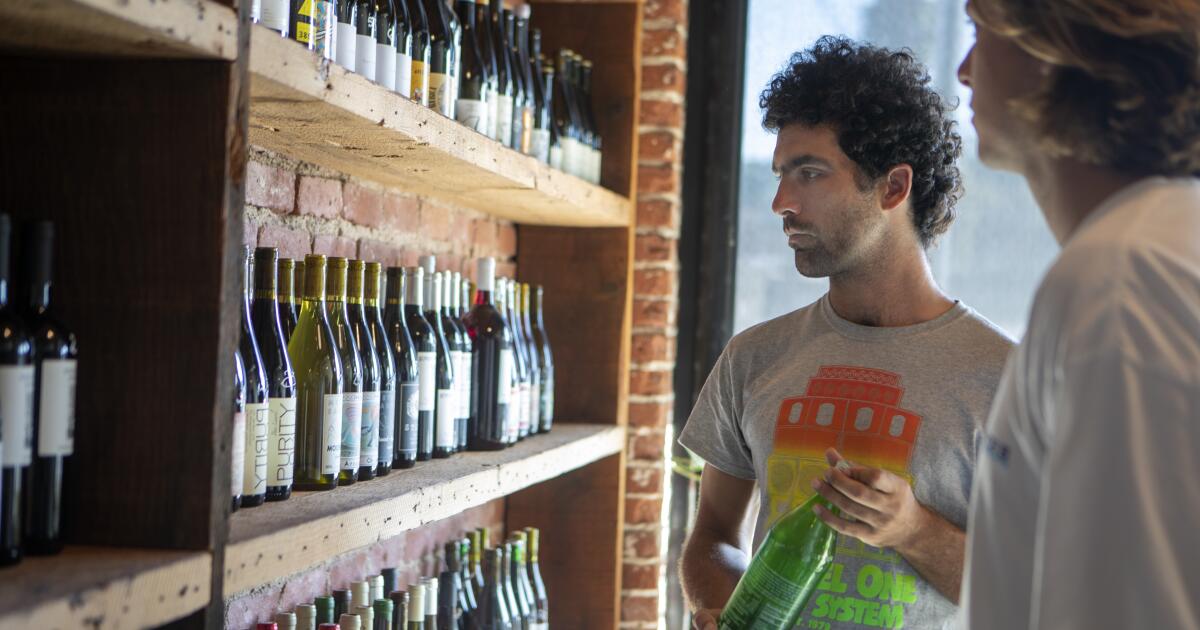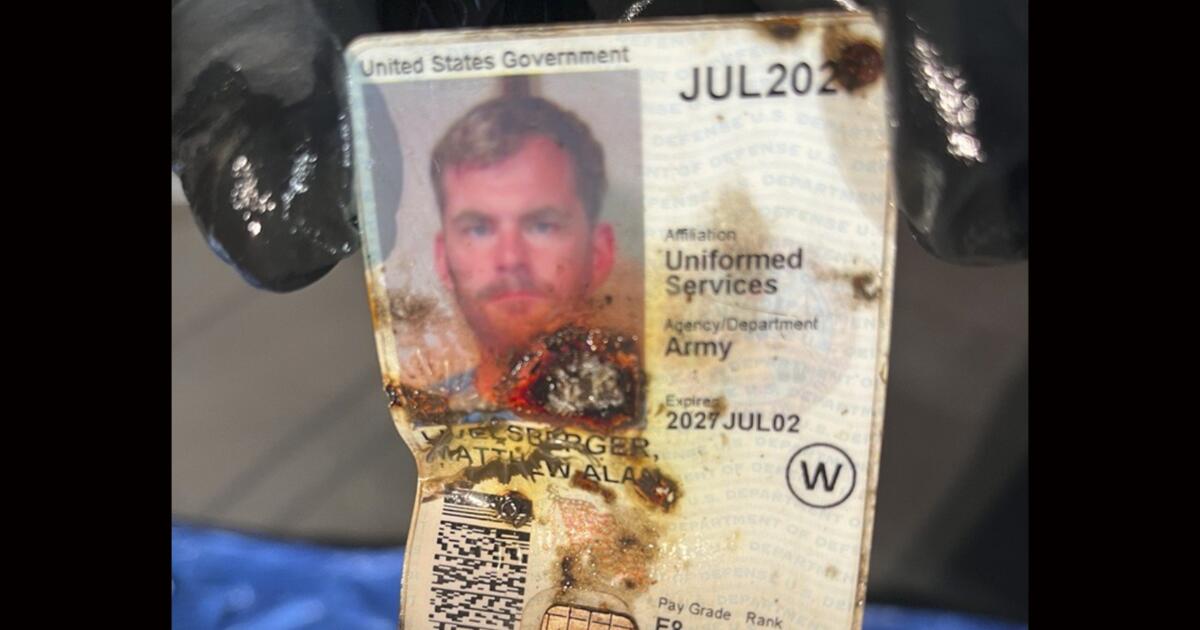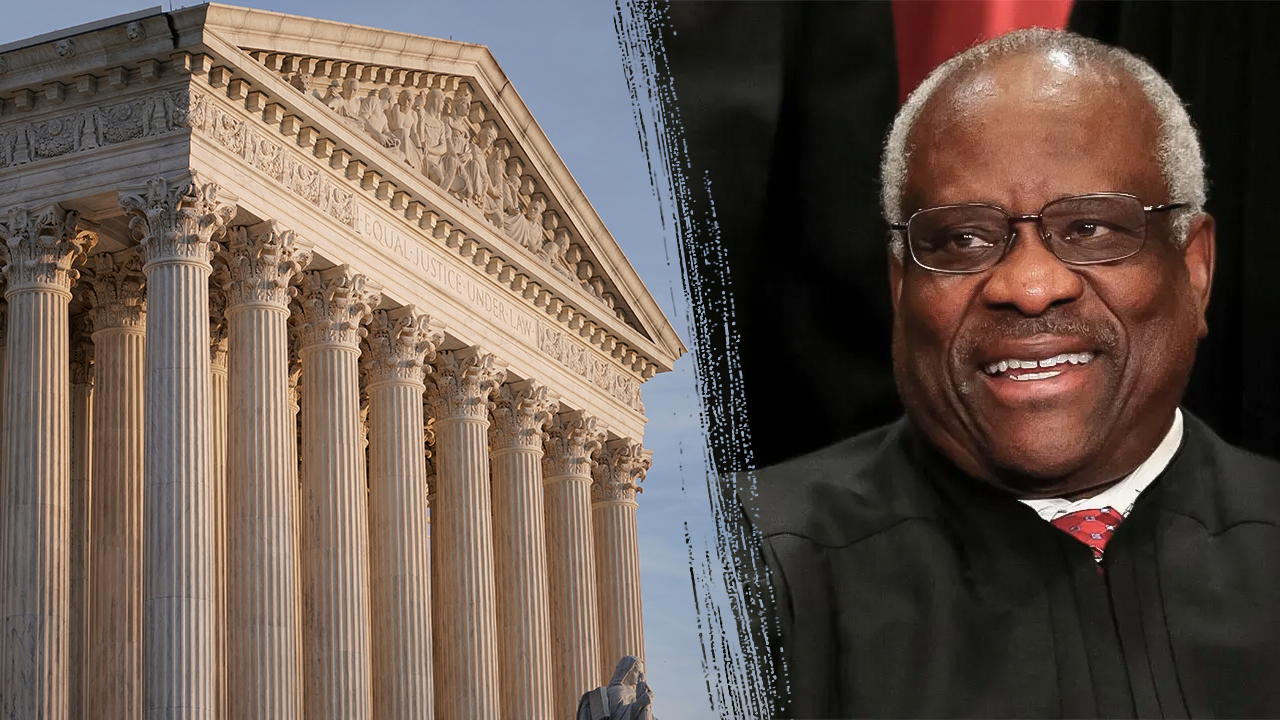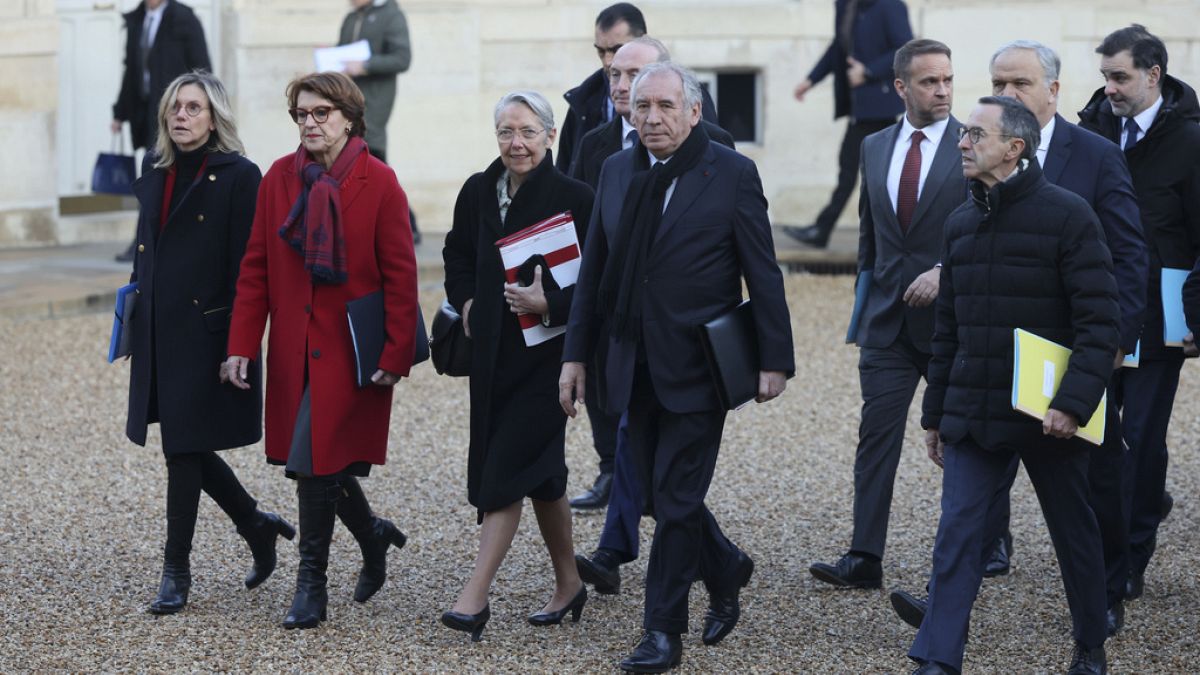Wyoming
Massive Early Voting Turnout Surge Shatters Records Across Wyoming
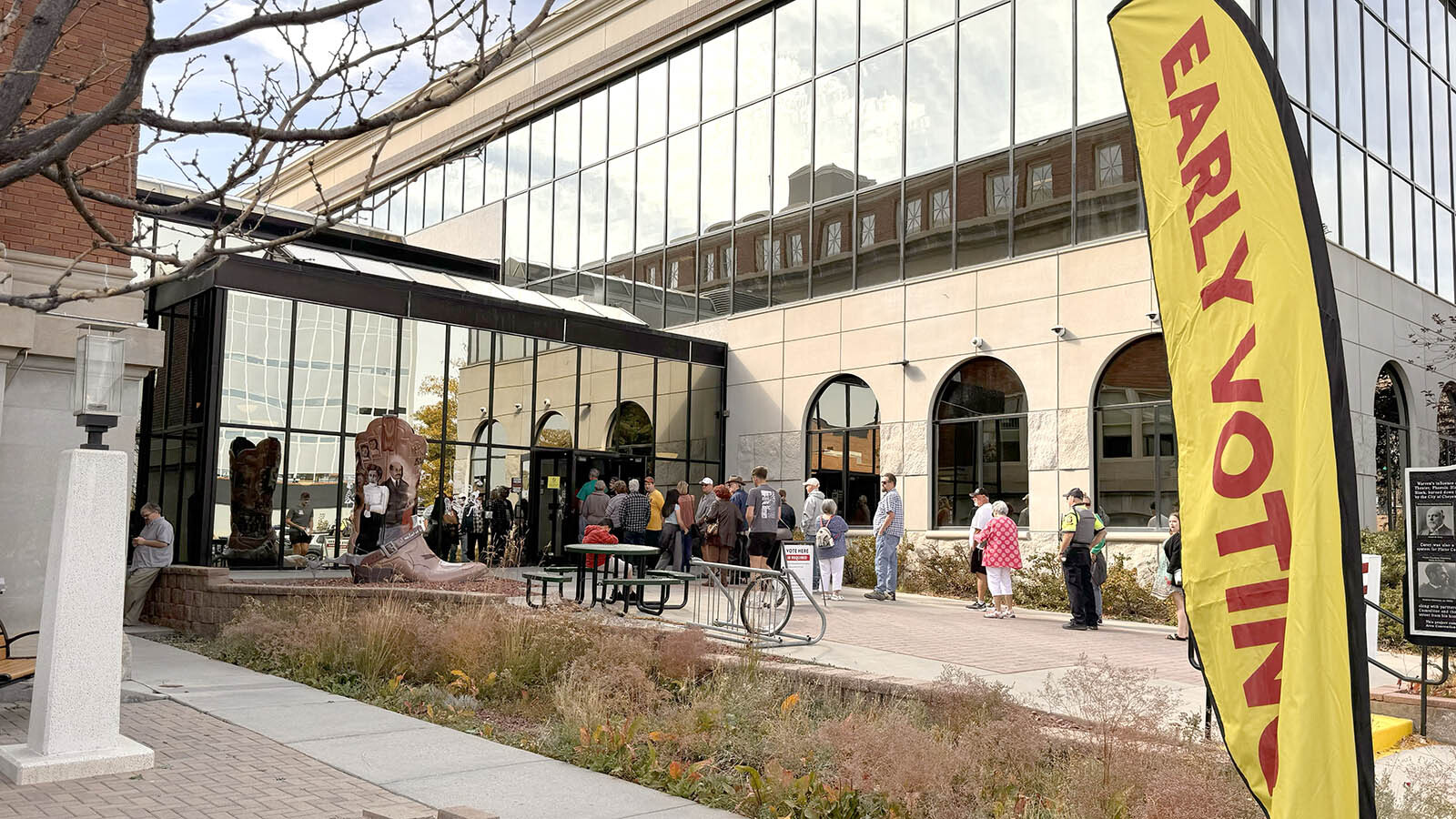
More than three weeks still remain before the Nov. 5 general election, but records are already being shattered for early voting turnout around Wyoming.
Laramie County announced that turnout on Day On of early voting in Laramie County on Tuesday set a record, as 754 ballots were cast. According to Laramie County Clerk Debra Lee, the previous first-day record, set in 2020, was 313.
By Friday afternoon, the early voting line at the Laramie County Clerk’s Office was out the door. Lee told Cowboy State Daily that 2,672 ballots had been cast for the first week so far, also a record.
“This is good. There’s a lot of interest in this election for sure,” she said.
None of these totals include absentee ballots and only represent in-person early voting.
In Laramie County, 438 absentee ballots and 48 ballots sent to residents stationed overseas were returned as of Friday afternoon, slightly higher numbers from what was seen in 2020. That’s significant, considering a whopping 13,025 absentee ballots were sent out for the 2020 election, mostly as result of the COVID-19 pandemic.
Platte County Clerk Malcolm Ervin said similar records were likely broken in his county for the first week of early voting.
As of Friday, Platte had 552 early ballots recorded. This compares to the roughly 2,000 ballots that were cast in his county through the entire 45-day early voting period in 2020.
Ervin said his staff anticipated a heavy early voting turnout this year because of changes in law that just went into effect, reducing the early voting period from 45 to 28 days for most voters.
Fremont County Clerk Julie Freese said she wasn’t sure if any records had been broken in her county, but early voting participation has been “steady” in her central Wyoming county, with 301 casting an early ballot so far.
Republicans and former President Donald Trump have made a concerted effort to promote early voting in this year’s election, even though Trump himself has also criticized it. Democrats have historically had success in encouraging early voting, which has helped them bank votes ahead of Election Day.
Earlier this week, U.S. Rep. Harriet Hageman put out a video on social media reminding the voters that the polls are open and that “we need to take our country back.”
‘Get ’R Done’
State Rep. Clarence Styvar, R-Cheyenne, was one of the early voters Friday afternoon waiting to cast an early vote. When asked why he chose to vote early rather than vote on Election Day, Styvar responded to, “get ’r done.”
The overwhelming sentiment among people Cowboy State Daily spoke with was similar to Styvar, expressing a desire to get voting out of the way and done when they had free time to do it.
Michelle Blake said avoiding long lines on Election Day was a factor in her consideration to vote early.
“I don’t want to have to wait in the line too long,” she said.
One of these people was Cody Fife, who was voting in his first Wyoming election after moving to the Cowboy State from Alaska.
Fife said he hadn’t even planned to vote when he left the house that day, but realized the convenience of casting his vote early when stopping by the courthouse to register his vehicle in Wyoming.
When asked if he was knowledgeable about the candidates running, Fife responded that he’s “just as much as anyone else.”
Presidential elections tend to draw much larger turnout than non-presidential elections. The high-stakes race between Trump and Vice President Kamala Harris will likely be no different, with people from both parties seeing the result in fatalistic terms for the country.
Larger Trends
When it comes to absentee voting, which involves the county mailing a ballot out to voters who make a request for one and then those voters returning the ballot in-person or by mail, Murray said she doesn’t trust the process.
“I’d rather do in-person voting because of how the election went four years ago,” she said.
Andrea Aguiar feels differently, confidently voting by absentee ballot in the past. On Friday, she was casting her vote in person with her daughter in tow.
“Just to beat the crowd and make sure it’s done with,” Aguiar explained of why she came early. “Also, in case I get sick on Election Day.”
Aguiar and others expressed surprise by how many people were voting early.
All three clerks believe there has been slowly growing popularity for early voting over the last few election cycles. Although there was a major spike in 2020, Ervin pointed out that his county’s early voting numbers are on pace to beat what it saw in 2016.
“Some people are realizing that if life happens, something might happen on Election Day that makes them not able to vote,” Freese said. “Others don’t want to have to wait in the lines.”
Lee also believes the public has become more confident in early and absentee voting than in the past.
“Trust has increased,” she said. “As people become more familiar with it they realize it is a convenience for them. They’re assured their vote is cast and counted. It makes them confident.”
Freese doesn’t think confidence in these mechanisms of voting has increased and pointed out that there is still a solid cohort of voters who adamantly only vote on Election Day.
“We like giving a lot of options to make sure people feel confident in their vote,” she said.
Although none of these three county clerks promote voting early instead of voting on Election Day, Ervin and Lee admitted that the more people that do, the easier it makes work for their election staff on Nov. 5.
“It takes the burden off the vote centers,” Lee said.
Leo Wolfson can be reached at leo@cowboystatedaily.com.

Wyoming
City receives over $8M in grant funding from Wyoming Office of Outdoor Recreation

CHEYENNE, Wyo. — Projects in the City of Casper have received funding amounting to over $8 million.
On Friday, the Wyoming Office of Outdoor Recreation announced it had dispersed awards to various programs and initiatives across the state as part of its ARPA Grant Program, which has allocated an additional $17,719,899 in funding. To date, the grant program has awarded $20,332,258 for 21 outdoor recreation projects across the state.
The City of Casper received grant funding for three projects: improvements for Marion Kreiner Pool and Park, the North Casper Athletics and Recreation Complex and North Platte River Pedestrian Bridge. Altogether, the Oil City received $8,195,000 for the projects.
“We are excited to make improvements to Marion Kreiner Pool and bring a skate park and pump track to the adjoining park that will serve skateboard, scooter, and bicycle riders,” said Zulima Lopez, Casper Parks, Recreation, and Public Facilities director. “When coupled with Matt Campfield Park just one block north, this project will create a hub of recreational opportunities and community activities that will benefit the residents of North Casper, especially the youth.”
The following grant applications were approved during the second and final round of funding:
- $182,710 for Albany County Board of Commissioners’ Pilot Hill Schoolyard Trail Maintenance
- $1,850,000 for the City of Casper’s Marion Kreiner Pool and Park Improvements
- $2,845,000 for the City of Casper’s North Casper Athletics and Recreation Complex Improvements
- $3,500,000 for the City of Casper’s North Platte River Pedestrian Bridge
- $2,479,705 for the City of Laramie’s Spring Creek Trail Phase 2
- $1,393,817 for the City of Laramie’s LaBonte Park Pathway and Fitness Trail Improvements
- $743,849 for the City of Rock Springs’ Century West Park Pool/Sprayground Renovation
- $290,000 for the Cheyenne Children’s Museum’s CCM Community Space
- $410,000 for the Northern Arapaho Tribe’s Ethete Powwow Arbors
- $1,145,106 for the Wind River Development Fund’s Eastern Shoshone Playgrounds
- $78,100 for the Wind River Development Fund’s Outdoor Sports
- $508,483 for the Wind River Development Fund’s Powwow Arbor
- $333,289 for the Wind River Development Fund’s Tribal Buffalo Initiative
- $1,168,539 for the Wind River Development Fund’s Wind River Lakes
- $791,301 for the Wind River Development Fund’s WRR Trailheads
“These grants represent a significant investment in our communities and outdoor spaces, providing vital opportunities for recreation, health, and connection to nature,” said Brynn Hirschman, grants coordinator for the Wyoming Office of Outdoor Recreation. “We are thrilled to support projects that will enhance the quality of life for residents and visitors alike, while fostering economic growth through outdoor recreation.”
During its second round of applications, the office received 33 applications from local, county, state and tribal governments, as well as nonprofit organizations. The total requested funding equaled $47,839,730, exceeding the office’s available funds by $26,452,089.
The funds are made available through the American Rescue Plan Act, or ARPA, and Local Fiscal Recovery Funds, appropriated by the Wyoming Legislature and approved by Gov. Mark Gordon. The Wyoming Outdoor Recreation ARPA Grant Program was created to fund public outdoor recreation projects throughout the state. To be eligible, a project must occur within a Qualified Census Tract or Disproportionately Impacted Community as determined by the U.S. Treasury. The full impact of these grants will be realized over the coming years as these recreational projects are developed.
“The Jay Kemmerer WORTH Institute at the University of Wyoming is conducting an economic impact study of both the round one and two Wyoming Outdoor Recreation ARPA Grants,” said Dan McCoy, director of the WORTH Initiative. “Our economic impact study should help decision-makers better understand the total economic payoff for these investments. However, communities will also receive other benefits from these projects including better mental and physical health outcomes from greater access to the outdoors.”
For more information about the Wyoming Office of Outdoor Recreation and future funding opportunities, click here.
Related
Wyoming
Rare Whitetail-Mule Deer Fight Highlights Conflict Between Wyoming Species
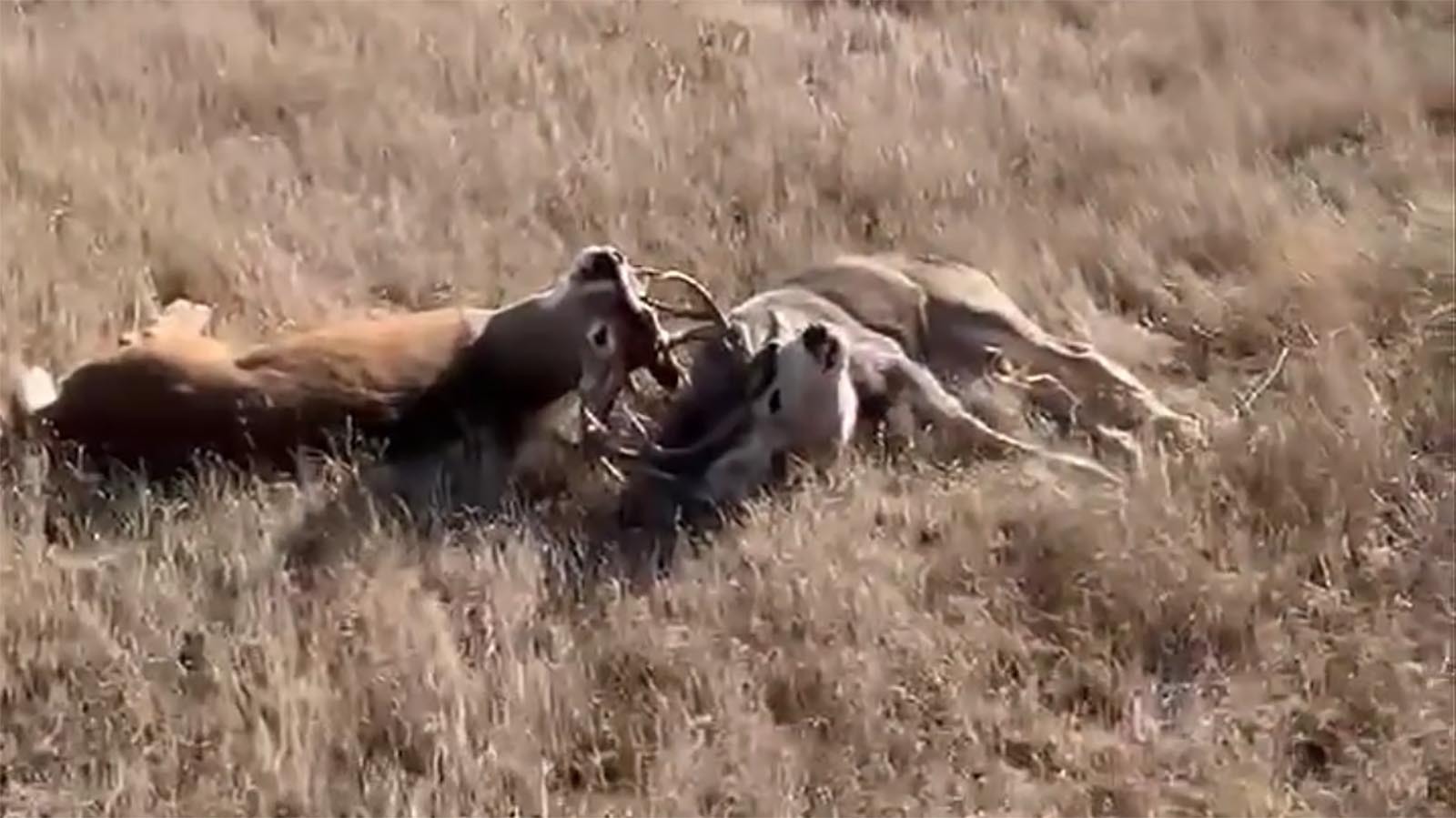
A video recently shot in South Dakota of a mule deer and whitetail buck that fought until they fell over in complete exhaustion encapsulates a region-wide conflict between the species.
In the bigger picture, whitetail seem to be winning the war, but at least in northeast Wyoming, mule deer won a battle.
That’s thanks to disease, Wyoming state Sen. Ogden Driskill, R-Devils Tower, told Cowboy State Daily.
“I have maybe 50 whitetails left on my property, and the mule deer are coming back. They’re a welcome sight. They do way less crop damage,” said Driskill, whose family’s ranch is right next to Devils Tower National Monument.
A recent outbreak of epizootic hemorrhagic disease, commonly called blue tongue, hammered whitetail in the region, but didn’t badly affect mule deer, he said.
That could mean that the muley victory will be short lived, Driskill said, because whitetail breed like rabbits.
“Whitetail are like a weed,” he said. “Once they take hold, they have twins and triplets, and they’ll just take over an area.”
Bucks Duke It Out
Driskill has run the family ranch for 50 years, and said he’s watched whitetails and mule deer clash from time to time.
But for bucks of the two species to get into an all-out battle to the finish is rare, he said.
As to why the bucks in South Dakota brawled, it might have been because of a severe shortage of does during the rut or deer mating season, he said.
Generally speaking, mule deer and whitetail stick to their own kind when it comes to mating – and to bucks clashing over who gets access to does.
However, the two species do occasionally cross-breed, producing rare hybrid offspring.
The video, posted online by Buckstorm outdoors media, shows the whitetail and mule deer bucksflopped over on their sides with their antlers locked together. The bucks are completely exhausted from what must have been a prolonged battle.
The bucks were separated, and both limped away, but it’s not known if either of them lived, according to Buckstorm.
In a text message to Cowboy State Daily, a Buckstorm representative said that the video was shot on private property in South Dakota, and the landowners didn’t want to be named.
‘Whitetail Are More Aggressive’
Driskill said that on his property and across the Black Hills in Wyoming and South Dakota, “mule deer and whitetails are in direct competition.”
And overall, whitetail have the edge, he said. Even though whitetails are the smaller of the two species, they’re scrappier.
“Whitetail are more aggressive than mule deer and they tend to habituate toward people a lot better,” he said.
That’s why he worried that the mule deer victory he’s seen in the wake of the blue tongue outbreak won’t last.
Split The Tags?
Northeast Wyoming has some prime mule deer habitat. And rich nutrients in the soil there could produce some monster bucks, Driskill said.
But he thinks the Wyoming Game and Fish’s approach to deer management there isn’t working.
In much of the region, hunters can get a general (over-the-counter) deer tag and kill whichever species they like, he said. And out-of-state hunters in particular like to kill mule deer.
“There’s whitetail hunting opportunity all over the country, but this is one of the few places with mule deer hunting opportunity,” Driskill said, so non-resident hunters relish the chance to get a muley.
Driskill has advocated for splitting the hunting tags for mule deer and whitetails and managing the species separately.
“The whitetail tag should be over-the-counter, and the mule deer tags ought to be draw tags,” he said.
General, or over-the-counter deer tags may be purchased at any time. For limited quota draw tags, hunters must apply months in advance, and not all hunters who put in for tags will draw them.
Driskill backed legislation to split mule deer and whitetail tags during the Legislature’s 2024 session, but that bill failed.
He said he doesn’t plan to introduce a similar bill during the upcoming 2025 session.
But Game and Fish should still consider separate management for the two species, at least in northeast Wyoming, he said.
“If Game and Fish worked on it, northeast Wyoming would really be known for mule deer,” he said. “The mule deer are surging on my ranch. And they’ll only surge as long as whitetail deer are scarce.”
Mark Heinz can be reached at mark@cowboystatedaily.com.
Wyoming
Experts say immigrants are important in state, Jackson Hole economy

The Jackson Hole Chamber of Commerce isn’t reacting yet to a second election of President-elect Donald Trump.
Rick Howe runs the chamber and told Jackson Hole Community Radio in December that three chamber businesses had reached out to him with immigration-related concerns. Howe does not soon anticipate the chamber taking a stance on immigration policies. But he said his policy teams are preparing to discuss changes as they come, such as mass deportations.
“We want to make sure that we have access to the workers that we need as a community to help us continue to do what we do on a daily basis,” Howe said. “Economic viability is key for us.”
He said he doesn’t have up-to-date data on the community’s number of working immigrants — documented or otherwise. But he said immigrants mostly work in the tourism and service industries, Teton County’s economic engine.
For Teton County and surrounding communities, how many immigrants would be targeted in a second Trump administration is still unknown.
But as Trump prepares to return to the White House, the question of how many will be impacted by his policies has become increasingly relevant for immigrants from many walks of life.
Trump’s administration promises the largest mass deportation in the country’s history, after the Biden administration’s deportations already hit a 10-year high. As summarized by the Niskanen Center, a potential policy playbook for the second Trump term, Project 2025, proposes cutting protections for holders of Temporary Protected Status, young adults known as Dreamers, more than 175,000 Ukrainians, in addition to restrictions for H-2A and H-2B temporary worker visas.
For unauthorized immigrants and migrants, part of what makes the population hard to track is obvious: They aren’t documented in the U.S. census. The census doesn’t separate documented and undocumented residents — it just totals.
University of Wyoming Professor Roger Coupal researches the economics of community developments across the state, with a focus on the agricultural sector. He has some rough estimates, putting the state’s number of undocumented migrants at 5,000.
Teton County, according to the U.S. census, is home to 2,900 residents born outside the U.S., or 12.5% of the county’s population. Just under a third have become naturalized citizens, according to the state’s Chief Economist Wenlin Liu.
Coupal noted that many who come to the U.S. are fleeing “extreme situations” when they come to Jackson in search of work or safer living conditions. As more immigrants settle and become part of the community and economy, many ski towns in the West, including Jackson Hole,could be devastated by mass deportations, he added.
Until new policies or deportation practices exist, though, Howe said his organization would be proactive. It’s a lot of “wait and see” until January, he said.
Howe envisions the chamber’s role as a source of information and connection.
He mentioned other nonprofits like Voices JH and One22, with whom the chamber could facilitate conversations, correct misinformation and be a source to which individuals and businesses alike can turn.
To start, the chamber is planning a Feb. 6 “Business Over Breakfast,” a monthly networking event for members, to address questions businesses may have a few weeks into Trump’s second administration.
Coupal said a loss of migrant workers and Trump’s impending tariffs could thrust the country into a recession.
“You could see a reduction in output on the industry side because we don’t have workers,” Coupal said.
There’s no research, he said, that supports Trump’s previous claims that immigrants hurt the economy.
A recent report by the American Immigration Council said mass deportation would cost the U.S. $315 billion initially, with long-term costs potentially tripling.
Jeremy Robbins, executive director of the American Immigration Council, said in a recent press release that mass deportation would come at an “extraordinary cost” to the government while hindering the economy. He warned of “tens of billions of tax-payer dollars lost, already-strained industries devastated, millions of people locked up in detention, and thousands of families torn apart.”
The study also indicates that national GDP could shrink 4.2% to 6.8%. For comparison, the economy decreased by 4.3% during the 2007 to 2009 recession, according to the study.
“We’re making the assumption that somehow Americans are going to replace all these people,” Coupal said, “and they won’t.”
-

 Business1 week ago
Business1 week agoOn a quest for global domination, Chinese EV makers are upending Thailand's auto industry
-

 Health6 days ago
Health6 days agoNew Year life lessons from country star: 'Never forget where you came from'
-
/cdn.vox-cdn.com/uploads/chorus_asset/file/24982514/Quest_3_dock.jpg)
/cdn.vox-cdn.com/uploads/chorus_asset/file/24982514/Quest_3_dock.jpg) Technology6 days ago
Technology6 days agoMeta’s ‘software update issue’ has been breaking Quest headsets for weeks
-

 World1 week ago
World1 week agoPassenger plane crashes in Kazakhstan: Emergencies ministry
-

 Politics1 week ago
Politics1 week agoIt's official: Biden signs new law, designates bald eagle as 'national bird'
-

 Business3 days ago
Business3 days agoThese are the top 7 issues facing the struggling restaurant industry in 2025
-

 Politics1 week ago
Politics1 week ago'Politics is bad for business.' Why Disney's Bob Iger is trying to avoid hot buttons
-

 Culture3 days ago
Culture3 days agoThe 25 worst losses in college football history, including Baylor’s 2024 entry at Colorado

